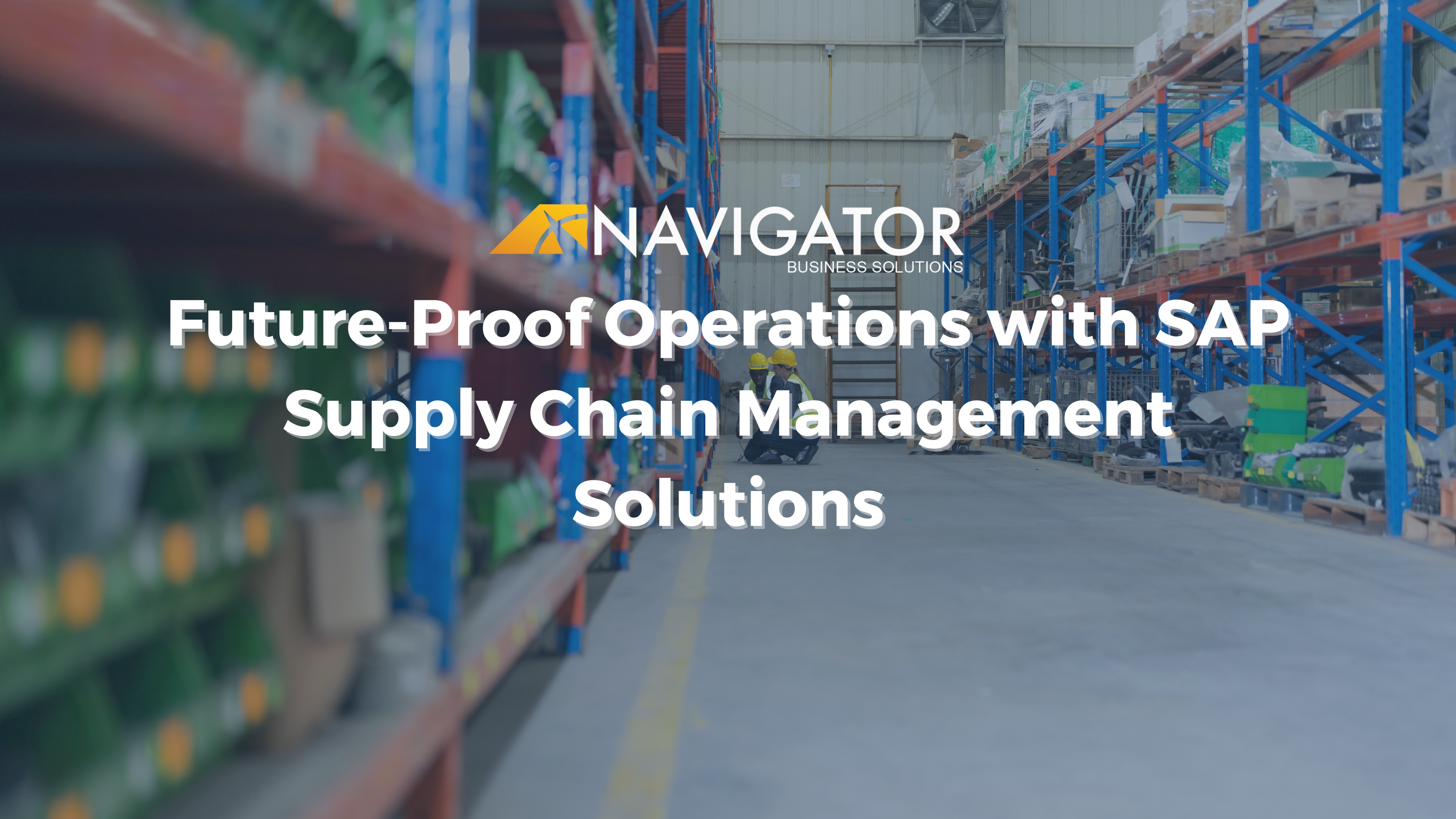A functional supply chain is the cornerstone of any business and it’s also a core function of a life sciences organization.
The challenges in supply chain management for life sciences are unique and complex. The life sciences supply chain is also global in scope, with products sourced from all over the world and shipped to customers in many
Here we'll explore some of the common issues within supply chains. We’ll also consider the strategies, the life sciences business solutions, and technology trends in the life sciences field that are being used to meet problems head-on.
Life Sciences Industry Challenges
The life sciences supply chain is a vital, but often complex network. Medical supplies and devices must meet stringent quality standards, and there is little room for error.
The life sciences supply chain is under pressure to do more with less. Managing costs while ensuring regulatory compliance and quality is a constant challenge.
Here are some of the most salient life sciences supply chain challenges that companies in the industry face:
Life Sciences Industry Compliance Factors
Supply chains are complex, lengthy, and affected by a vast range of factors.
But when it comes to life sciences supply chains, the biggest influence factor is the regulations they are required to follow.
Failures can be catastrophic. They create immediate revenue loss, delay product launches, and incur remediation expenses. So, enterprises need to install safeguards and shore up delicately balanced supply chains.
Critical Problems In Life Sciences Procurement
There are many frustrations when it comes to product procurement in the life sciences field. Emerging tech and innovative Enterprise Resource Management (ERM) offer a solution to many of them.
ERM solutions are critical to tackling some of the most stubborn supply chain issues, such as:
- The lack of a central, coordinated view of the supply chain
- Multiple, siloed systems that don't talk to each other
- Inefficient manual processes
- The challenge of integrating with suppliers
- The need for more visibility and transparency
- The difficulty of staying compliant with constantly changing global supply chain regulations
Compliance Measurement in Life Sciences Supply Chains
There are many regulations to follow within the life sciences industry. Measuring adherence and quantifying control measures is less than straightforward.
Without specific metrics to track, it can be tough to achieve complete end-to-end supply chain visibility and full operational integration.
Inventory Control
As demand ebbs and flows, procurement managers need responsive, analytical inventory management systems to:
- Monitor inventory levels
- Manage stock thresholds
- Initiate restocking requirements
- Predict forward demand
- Triage logistics needs to establish priority
Complex Supply Chains
Supply chains in life sciences are surrounded by competing complexities, creating a balancing act between changing market demand and reliance on third-party organizations.
A devolved supply chain structure can present a significant control and production issue, mainly where governance and risk management are concerned.
Other intricacies within the supply chain environment include:
- Intellectual property factors
- Varying taxation structures
- Emerging new products or therapies
- Short product life cycles
- Changing models for healthcare delivery
Variations within the global landscape, such as export bans or shipment withholding, create an added layer of complexity.
Remote Work Environments
Remote working has become the norm for many companies, requiring digital communication solutions to ensure staff can continue to be productive from a distance. For life science companies that digital communication often falls under the same oversight as other operational elements.
In other words, life science companies are further burdened with making sure their managed services providers adhere to strict data security compliance.
Further workforce issues include protecting staff on-site in a swiftly changing safety and security scenario. In addition to protecting staff, a company’s strategy also has to include comprehensive security measures to ensure data protection throughout the supply chain operations.
Successfully Implementing Change
Regulatory frameworks are notoriously rigid, so implementing successful change can take considerable effort. Integration across an entire organization is often slow and clunky, even when working with cutting-edge digital solutions.
Part of the reason change is so difficult is that many life science companies fail to adapt incrementally. Capabilities should be adjusted to match operational needs on a regular basis but frequently lag behind due to budgetary or personnel constraints.
Technical change is also often costly and can pose additional challenges in life science business operations.
These factors combined conspire to make life science supply chains slowly less and less efficient until companies arrive at a breaking point and are forced to implement change at a breakneck pace or fail.
Speed Of Regulatory Updates
Pharma supply chain regulations change and evolve frequently. Part of running a successful life science business is being able to keep up with these changes and updates.
However, the speed of regulatory updates can make this difficult. Implementation can take months or even years, leaving companies open to compliance risks.
Keeping Up With Technology
The life sciences industry is subject to continual change and development, with new technologies and approaches being introduced all the time.
To stay ahead of the competition, companies need to continually invest in research and development
This capacity for sudden change can be unmanageable for life science organizations to respond to while experiencing supply chain efficiencies. And, it’s another reason why comprehensive and advanced ERP solutions are a cornerstone of any long-term life sciences growth strategy.
Responding To Life Sciences Supply Chain Challenges
In many ways, the difficulties of the pandemic have been a wake-up call, spotlighting supply chain vulnerabilities and allowing businesses to pinpoint areas for priority improvement.
Rapid adaptation and the ability to pivot quickly are hugely beneficial in the long term to enable firms to respond to accelerated change.
Many of these issues are best tackled with technological innovation, harnessing the power of existing tools to combat supply chain weaknesses. ERP software offers a comprehensive solution to a broad spectrum of life sciences supply chain challenges.
Collaborative Working
Over the past couple of years, regulators were restructuring focus, capacity, and resources to deal with the impacts of the pandemic which led to significant delays in things such as product approvals, causing ongoing supply chain strategy issues.
While that was a financial hit for many businesses, it also carried an important lesson. The lesson learned is that open communications with regulators are crucial.
Likewise, collaboration with policymakers and government officials is beneficial to ensure an understanding between participants in the life sciences industry.
Supply Chain Restructuring
Businesses can overcome some issues by building contingent supply chain pathways.
Localized supply chains may have proven a short-term solution during the crisis, but the longer-term need is to build inventory management systems to circumvent potential delays.
Continuity planning can mitigate the impacts of most crises, by sourcing new strategies to deal with a wide range of potential problems.
Mitigating Supply Chain Issues With Digital Solutions
All of these potential solutions rely on two things:
- Active Data Exchange: incorporating real-time inventory information metrics.
- Digital Communications: which offer responsive, adaptive, and accessible technological communications.
Digital transformations have the potential to reinvent delivery models across the life sciences field, shoring up long-existing gaps in supply chain management and preventing many of the issues faced during the global pandemic from recurring.
As the industry evolves and traditional distribution models become further outdated, the time to adopt transformative digital strategies to reconfigure life sciences supply chains is now.




